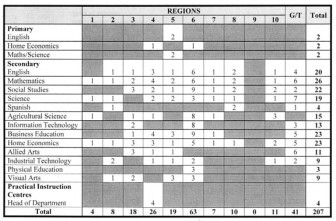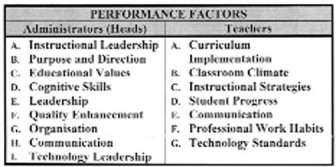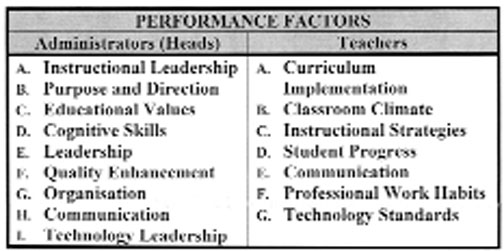Dear Editor,
The advertisement in the Sunday press of January 16, 2011 reads as follows: “Teaching Service Commission Vacancy Notice, 2011.” The opening sentence states: “Please note that the vacant posts listed herein are being advertised at the request of the Ministry of Education.”
In a letter published in SN of January 27, titled: ‘No evidence of significant shortages of teachers in most regions’ Mr Mohammed S Hussain appears to protest the above declaration by the Teaching Service Commission.

It is arguable, but not necessarily conclusive, that vacancies are filled on the automatic basis of ‘years of service’ or seniority. Our colleague actually proves the case by insisting that: “Many of these posts are occupied by persons who have been given permission by the TSC to act.” But no evidence is adduced as to the number of current ‘actors.’ The TSC therefore correctly regards the posts as ‘vacant.’ That the TSC’s advertisement opens the filling of vacancies to competition, qualifies the alleged ‘fact’ that “most vacancies will be filled.”
With respect to the specialist areas of English, Maths, etc, the disjointed submission that “we have hundreds of SAMs which is a clear indication that there is no shortage of senior personnel” certainly does not appear to be the perception of the TSC, which recognises certain educational qualification for identified positions.

I am certain that our colleague is aware of the stringent procedures established by the Ministry of Education for assessing the performance of a) administrators and b) teachers.
The stated performance factors are reproduced below:
Where our colleague may have a point is that there exist at least two parallel (or competing) processes for effecting promotions by:
i) years of service;
ii) performance assessment.
There is further evidence which can be made available, but I shall pause here, and await our colleague’s rebuttal with the necessary ‘flawless’ supporting evidence.
Yours faithfully,
E B John






